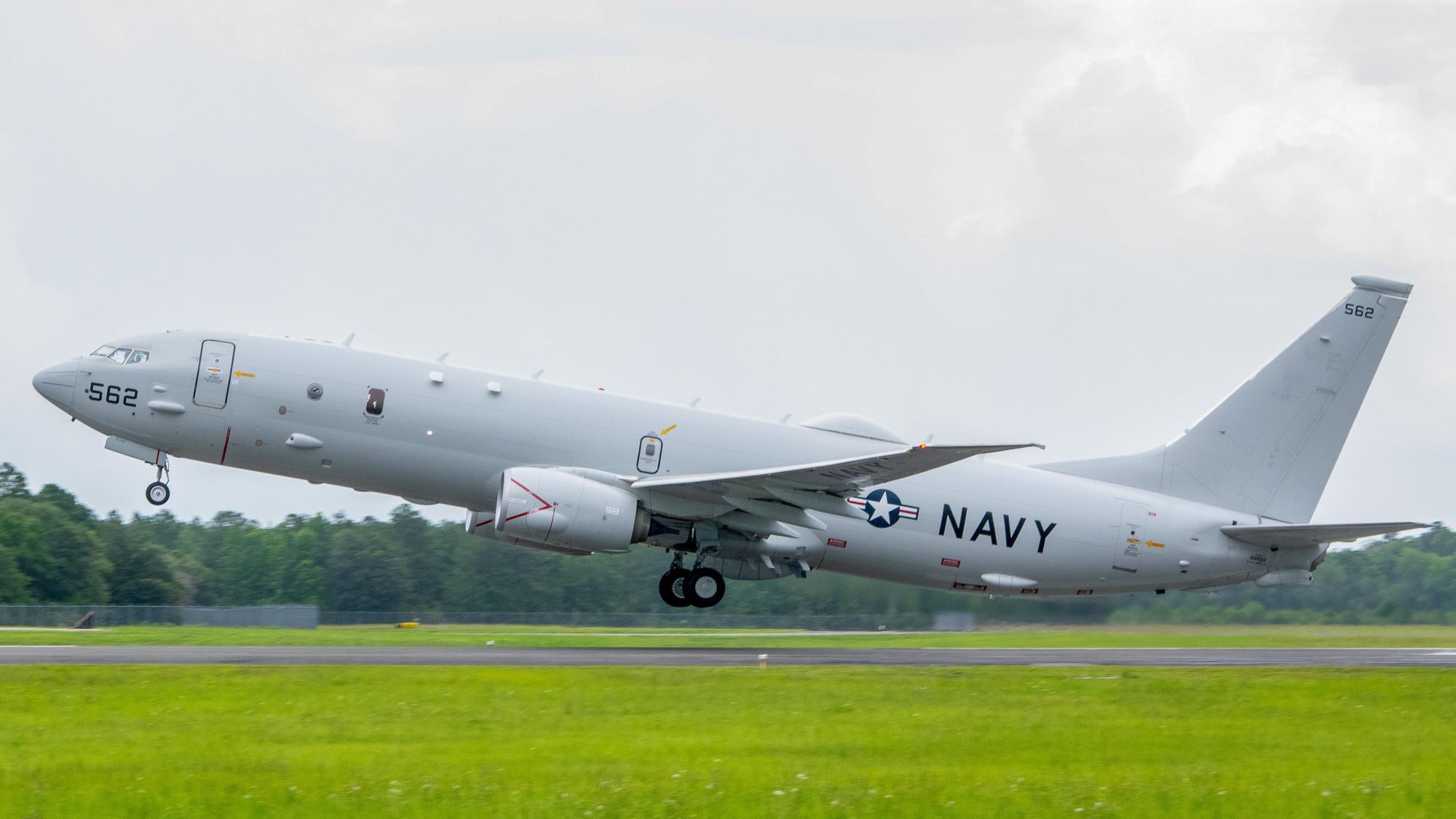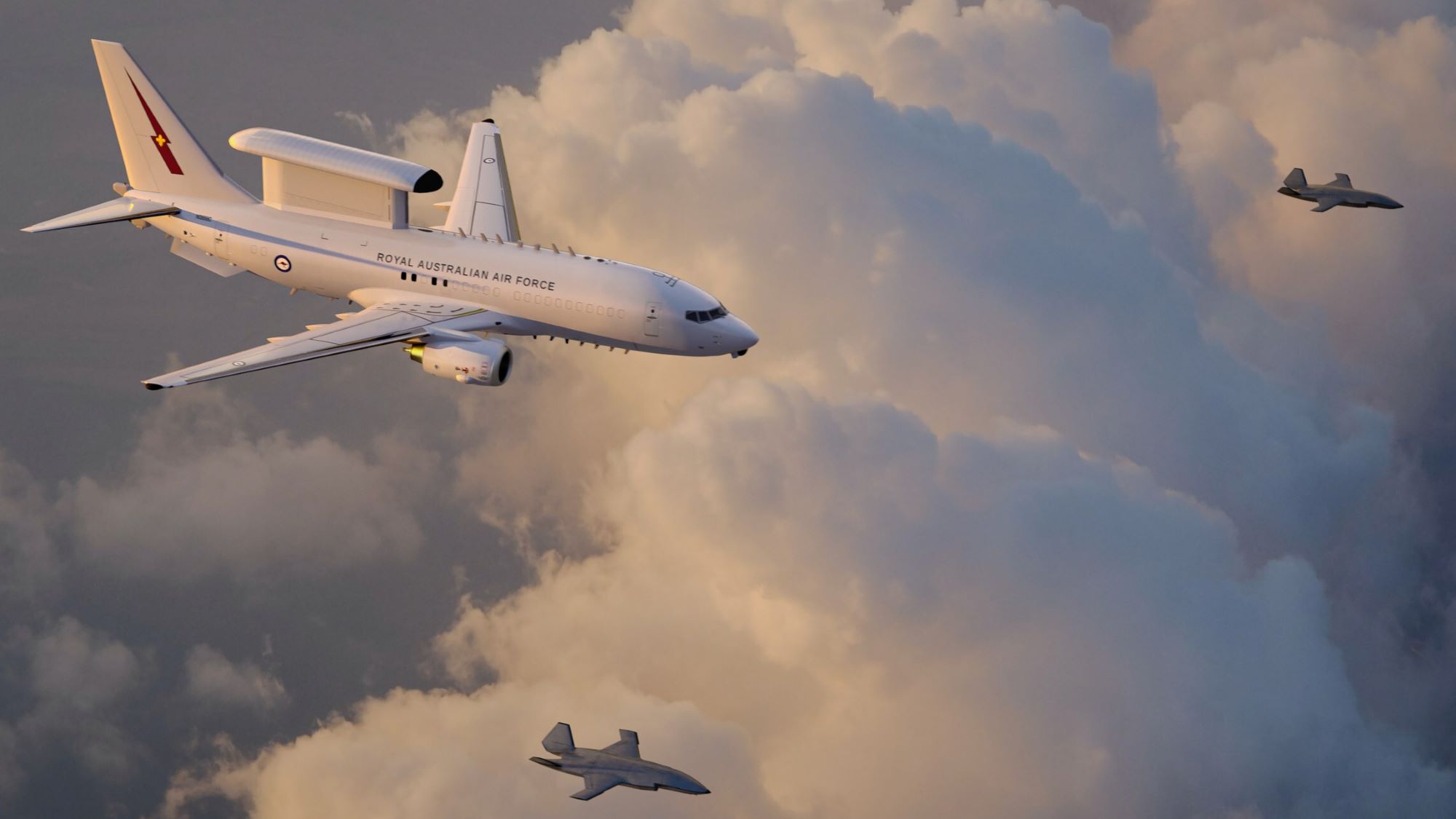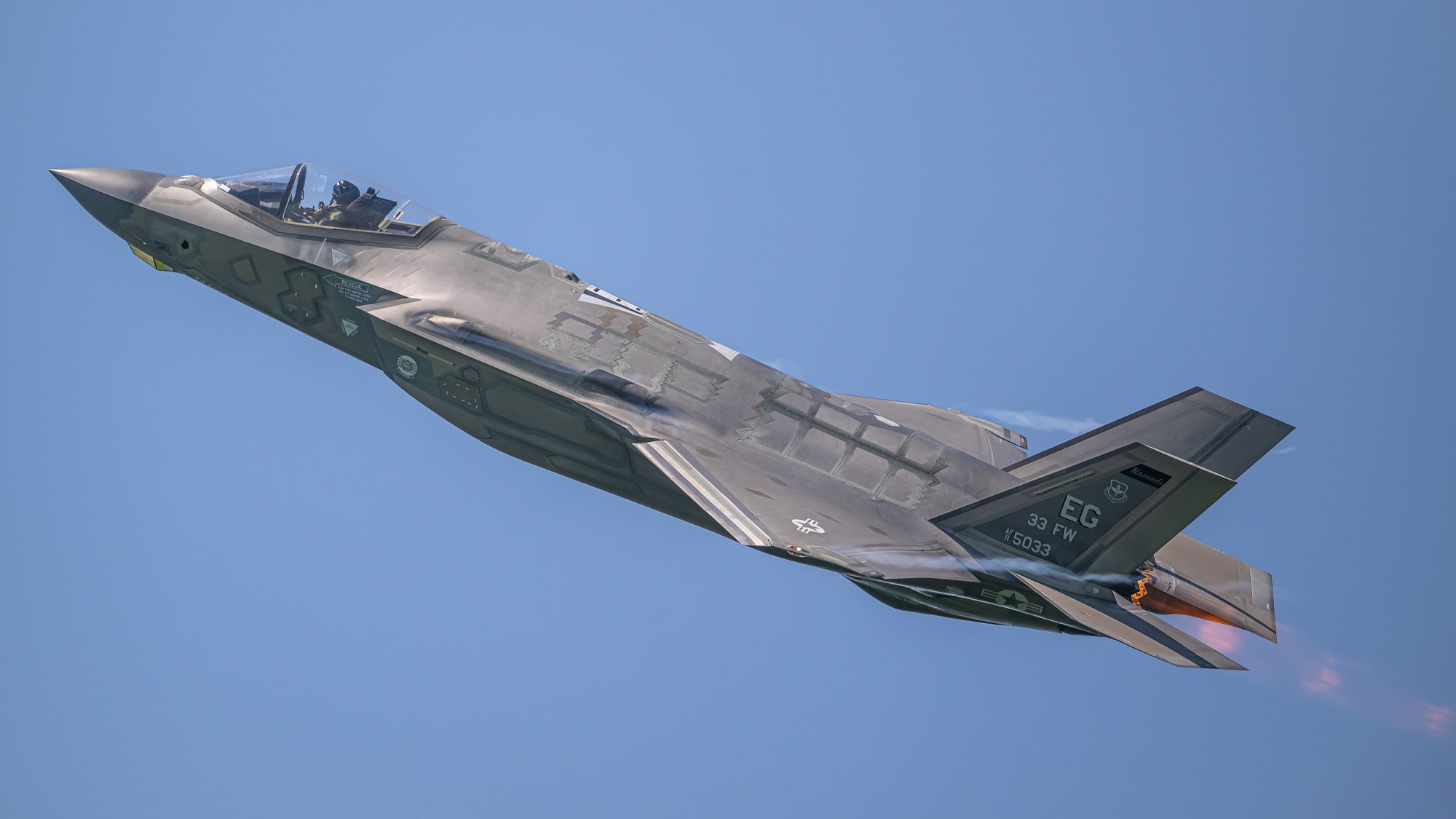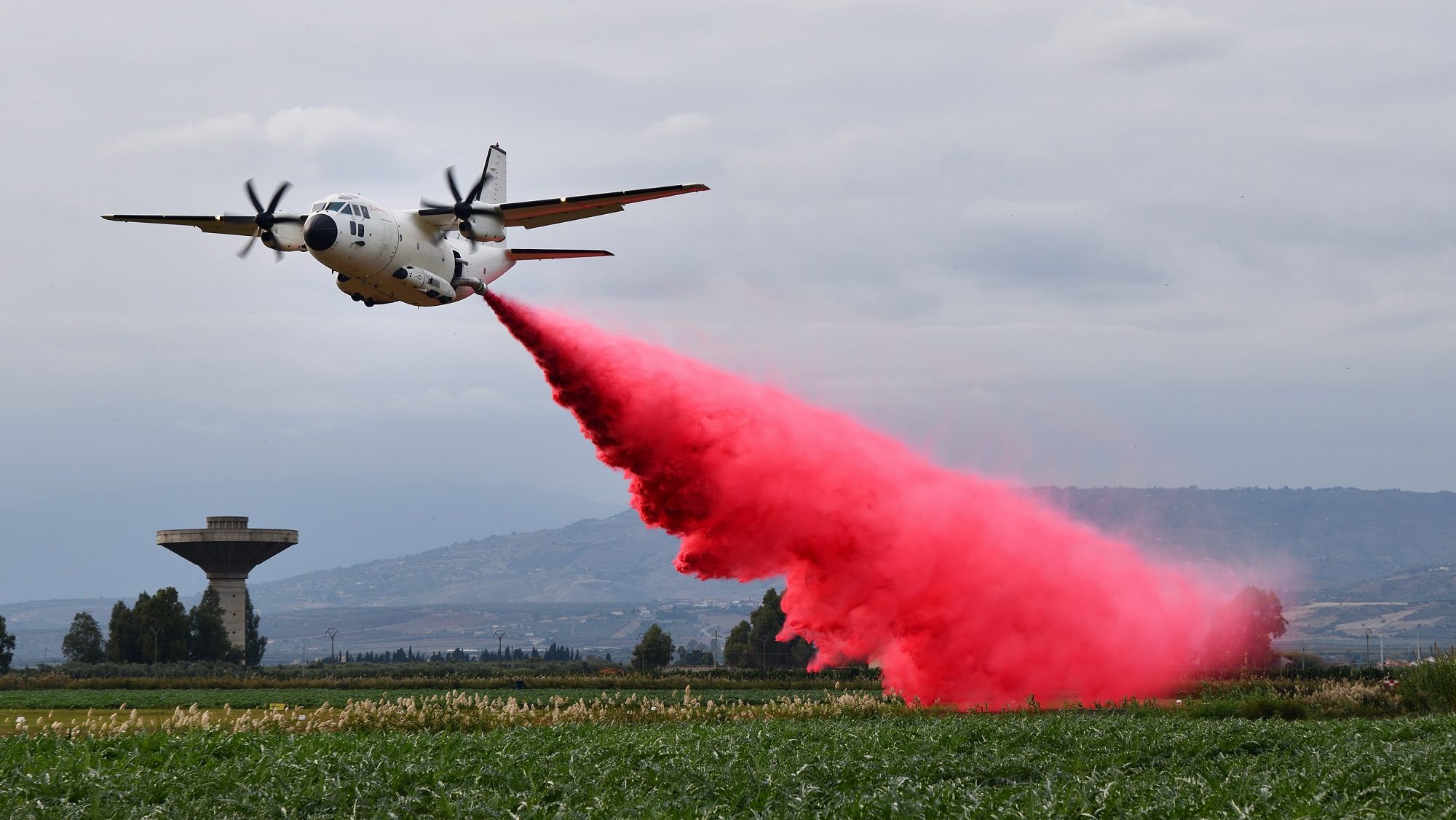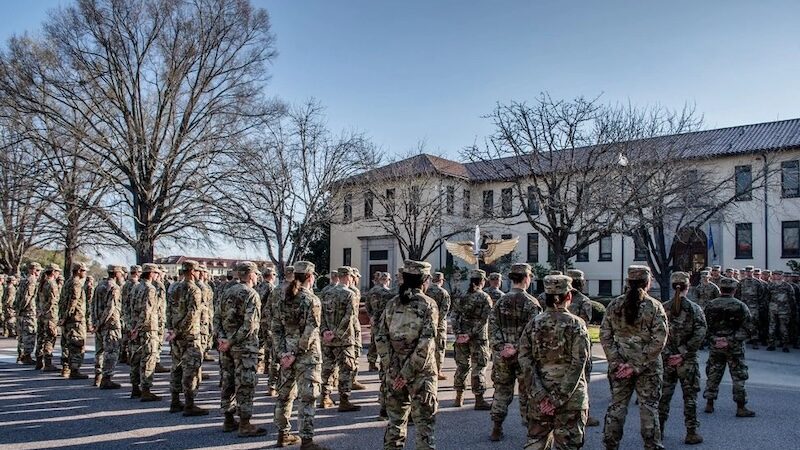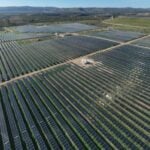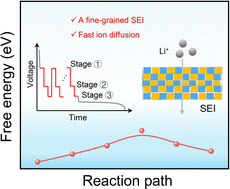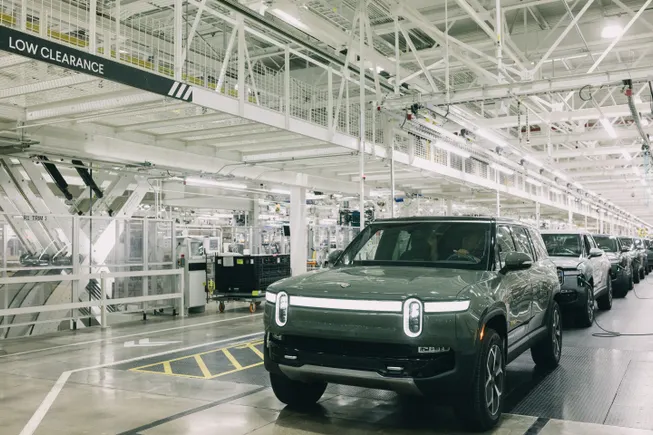ShieldAI launching ‘next-gen aircraft’ in September: ‘Tremendous opportunity,’ new CEO says
New ShieldAI CEO Gary Steele told Breaking Defense he wants to bring “a different level of maturity and focus as we grow at scale.”


Unmanned aerial vehicle operators supporting the 11th Marine Expeditionary Unit, prepare to launch a VBAT Unmanned Aerial System aboard amphibious transport dock USS Portland (LPD 27), Sept. 5, 2021. (U.S. Marine Corps photo by Sgt. Alexis Flores)
PARIS AIR SHOW — Late Tuesday at the Paris Air Show, defense tech startup ShieldAI released a video teasing some sort of “next-gen aircraft.” And while the company’s new CEO, Gary Steele, wasn’t willing to go too much into what that might look like, he did tell Breaking Defense that it is a wholly new drone, and not just an upgrade to the company’s existing V-Bat system.
“September’s our official launch time frame,” Steele said during a Wednesday interview at Le Bourget. “We wanted to give people just a taste of the fact that we are building next-generation aircraft. We obviously believe in autonomy, so you can assume that it’s a next generation autonomous aircraft.
“We think there’s a tremendous opportunity. We feel like we could fill a very important gap in the industry today, and we think the role that we can play broadly across defense, across the globe, will be meaningful.”
ShieldAI originally was purely a software company, until its decision to buy Martin UAV brought the V-Bat into its portfolio — and suddenly the company was involved in the drone hardware business, something viewed by some in the industry as an awkward fit.
Steele downplayed the idea that the decision to launch a new drone was representative that the company would be more focused on hardware under his leadership, saying the company was going to be “very thoughtful” about any moves into physical kit, and would remain focused on developing the autonomy software that has been its core.
The executive also expressed confidence that any safety concerns about the V-Bat, as reported by Forbes earlier this year, have been alleviated, saying, “I think the company’s done a really good job in focusing on the things that matter from a safety perspective, a compliance perspective, and I think we’ve been very straightforward about how we’ve seen issues dealt with them. … And so I feel like all that’s behind us.”
Steele was announced as the company’s new CEO in March, becoming the first outsider to take leadership of the startup founded by brothers Ryan and Brendon Tseng, both of whom remain as co-presidents.
Several times during the interview, Steele used the words “maturity” and “scale” to represent the goals set for him by company leadership. Asked what that meant in real terms, he pointed largely to the need to expand to meet the market.
“It’s growing the company in a way that just, like — what does a mature company look like, and how do you put the how do you put the foundation in place to get there? And a lot of that we haven’t done yet. We haven’t gotten to that point,” he said.
That includes on the international scale: “I think what you’ll continue to see is, we’ve had tremendous demand globally. And so, growing up as an international business, as an example, not being focused or dependent upon just the US market. So I think there’s a very big international component.”
Overall, “One of the things that I plan to bring is just a different level of maturity and focus as we grow at scale,” he said.











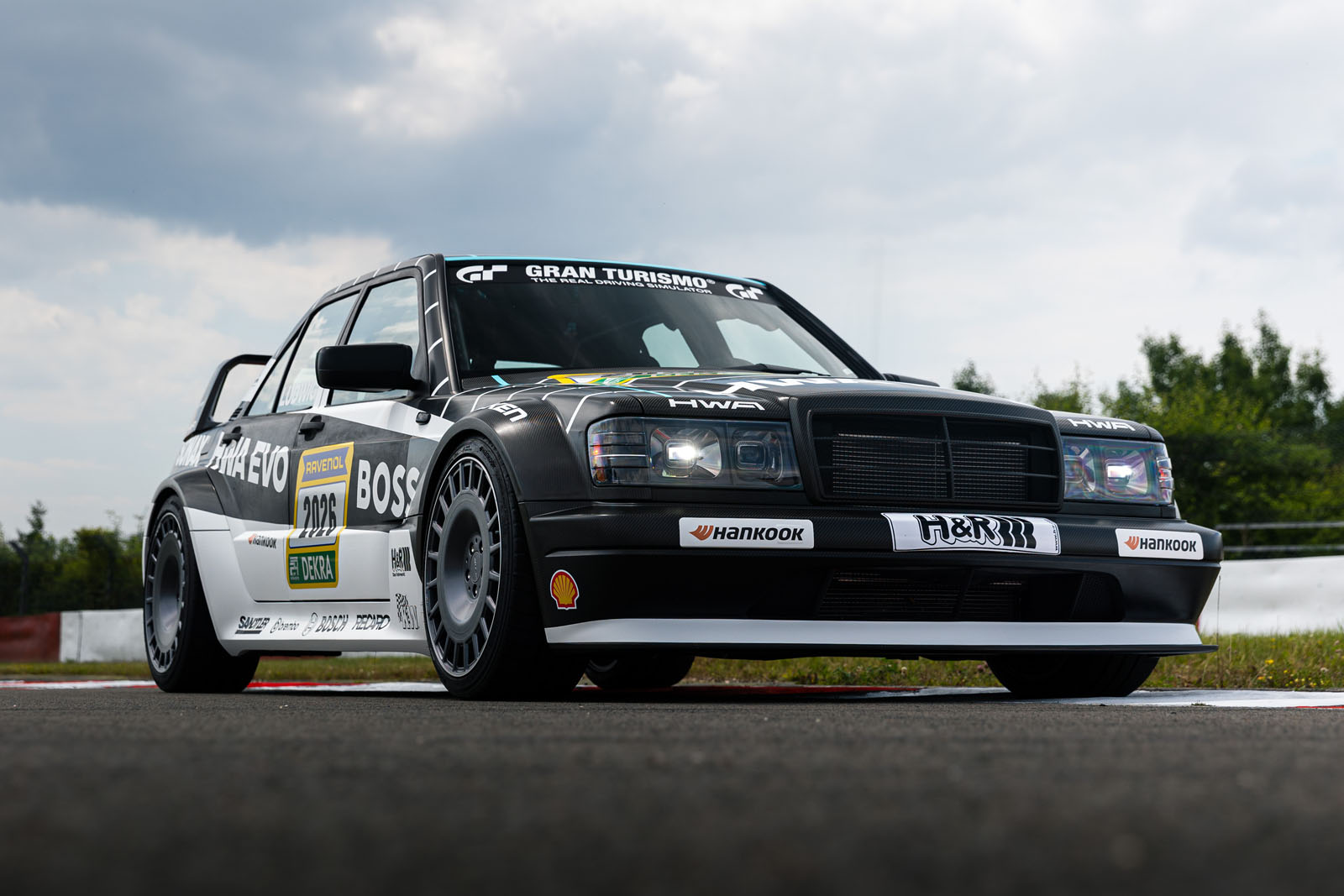

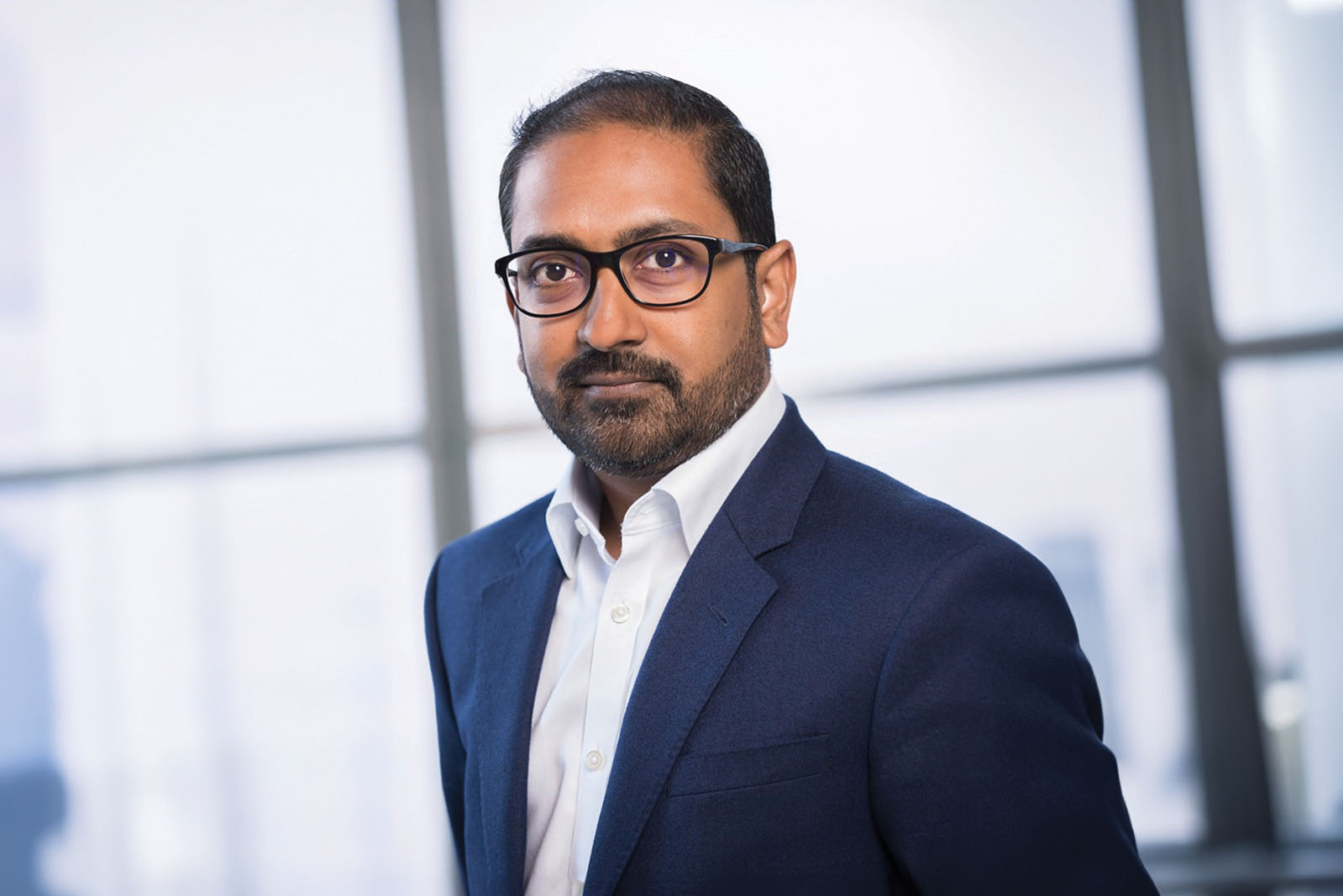














































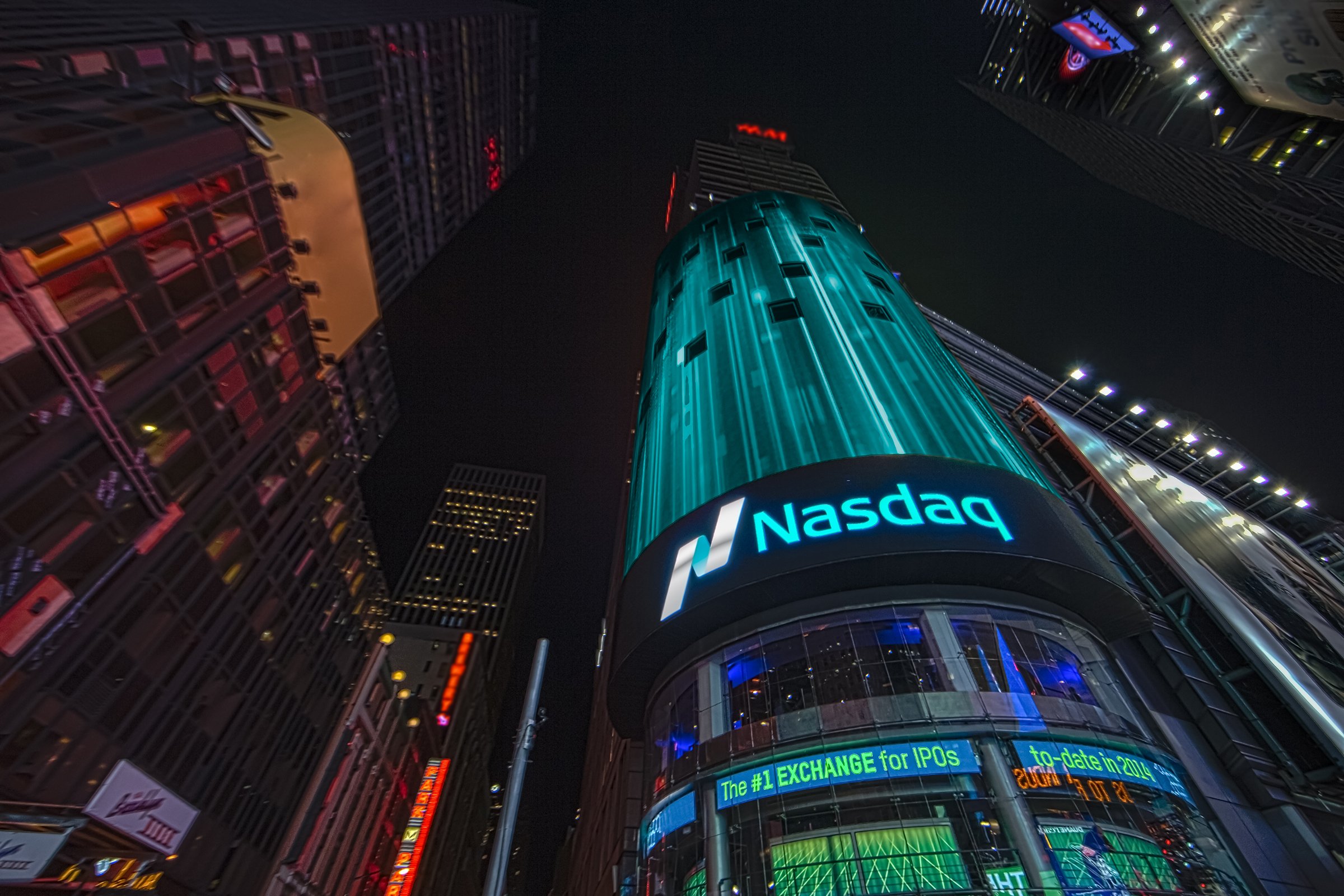

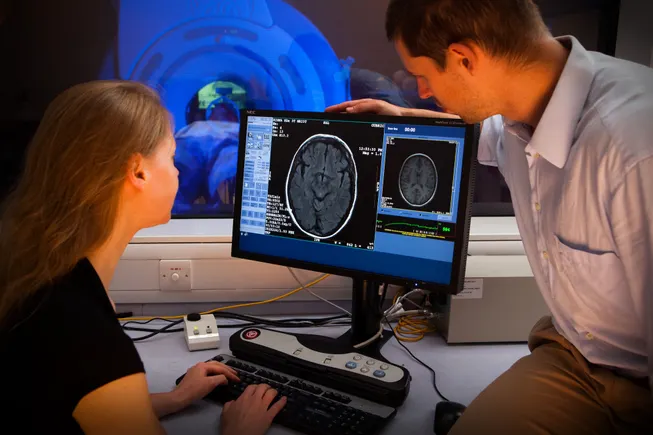


















![The sights of Paris Air Show, one last time: Day 4 [Photos]](https://breakingdefense.com/wp-content/uploads/sites/3/2025/06/20250617-helenedelacoste-Paris-Air-Show-037-scaled-e1750357690820.jpg?#)


